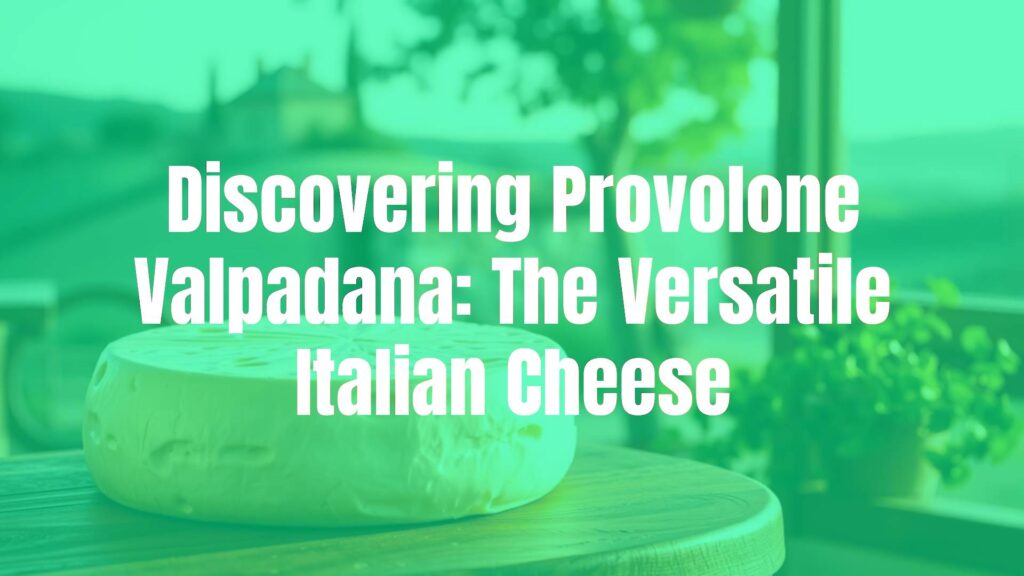Introduction to Provolone Valpadana
Provolone Valpadana is a renowned semi-hard Italian cheese, celebrated for its remarkable flexibility in flavor and texture, originating from the Po Valley region (Val Padana) in Northern Italy. Holding Protected Designation of Origin (PDO) status since 1996, this cheese is notable for its tradition, high quality, and the craftsmanship involved in its creation.
Unique Characteristics
What sets Provolone Valpadana apart is its subtle balance between sweetness and tang, which can range from mild and buttery to sharp and piquant depending on its age and specific production methods. It is usually manufactured in distinctive, large shapes—commonly as cylinders, balls, or even oversized pears—sometimes weighing upward of 100 kilograms. Its pale yellow rind is thin but firm, occasionally marked with strings or wax seals. The interior paste varies from smooth and elastic when young to slightly granular as it matures.
Historical Context
Tracing its roots back to the late 19th century, Provolone Valpadana emerged as Southern Italian cheesemakers relocated to the richer dairy regions of the north. Here, they refined their traditional pasta filata (stretched curd) techniques, using both cow’s milk and innovative formats to meet broader European tastes. The Valpadana production zone today covers parts of Lombardy, Veneto, Emilia-Romagna, and Trentino.
Production Methods
The craftsmanship behind Provolone Valpadana relies on carefully curdling fresh cow’s milk, then hand-stretching the curd in hot water to develop its signature texture. Salting can be performed via brine baths or by dry salting, depending on the size and intended maturation. The cheese is then tied and often hung to age, with maturing periods ranging from a few weeks for mild varieties to over a year for more intense, spicy versions. The use of animal or microbial rennet will influence whether it is designated as Dolce (sweet) or Piccante (sharp).
Flavors, Styles, and Serving Suggestions
Mature Provolone Valpadana (Piccante) develops robust, spicy notes, making it ideal for grating or bold cheese boards, while the younger Dolce variety is creamy, softly aromatic, and a favorite for melting. It slices and cooks beautifully, often used in sandwiches, on pizza, or melted over vegetables and meats.
Traditional Pairings and Uses
In Italian cuisine, Provolone Valpadana is a staple cheese that complements breads, cured meats, and grilled vegetables. It is frequently enjoyed alongside hearty red wines or crisp white varietals typical of Northern Italy. Aged varieties can be sprinkled over pasta or risotto, while milder versions make a delicious topping for focaccia or a mainstay in panini.
Cultural Importance & Enjoyment
Beyond its culinary flexibility, Provolone Valpadana represents the heritage and adaptability of Italian cheesemaking. It’s a fixture at family gatherings and festive tables, underscoring Italy’s emphasis on shared, high-quality food experiences. Many Italians enjoy the interactive process of slicing this cheese from large wheels or unwrapping ropes of provolone at the table.
Tasting and Storage Tips
To appreciate its aroma and full taste profile, allow Provolone Valpadana to come to room temperature before serving. It stores well in waxed paper or cheese-specific wraps in the refrigerator, maintaining both its flavor and texture for several weeks. For sharper types, pairing with honey or fruit preserves offers an excellent contrast.

